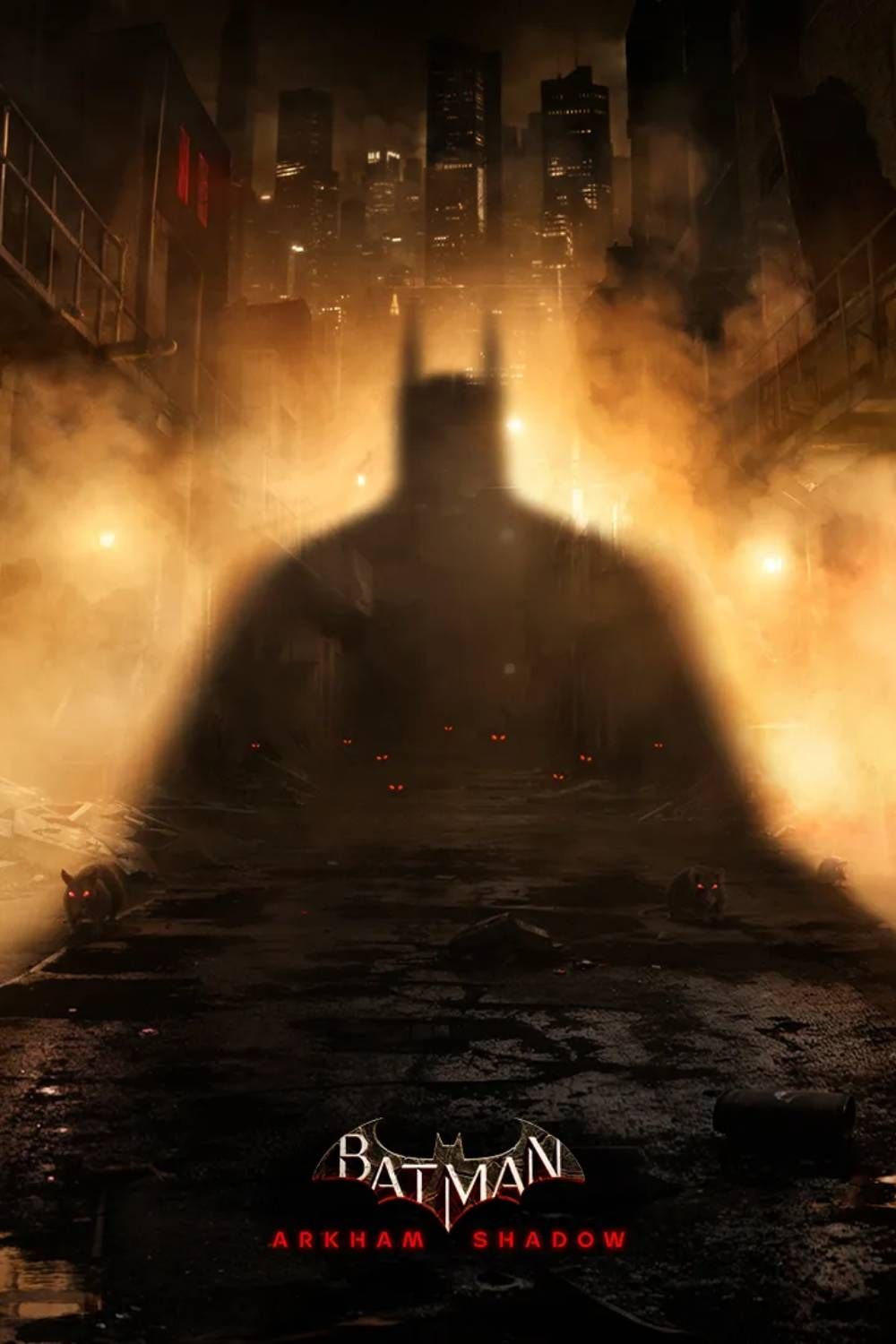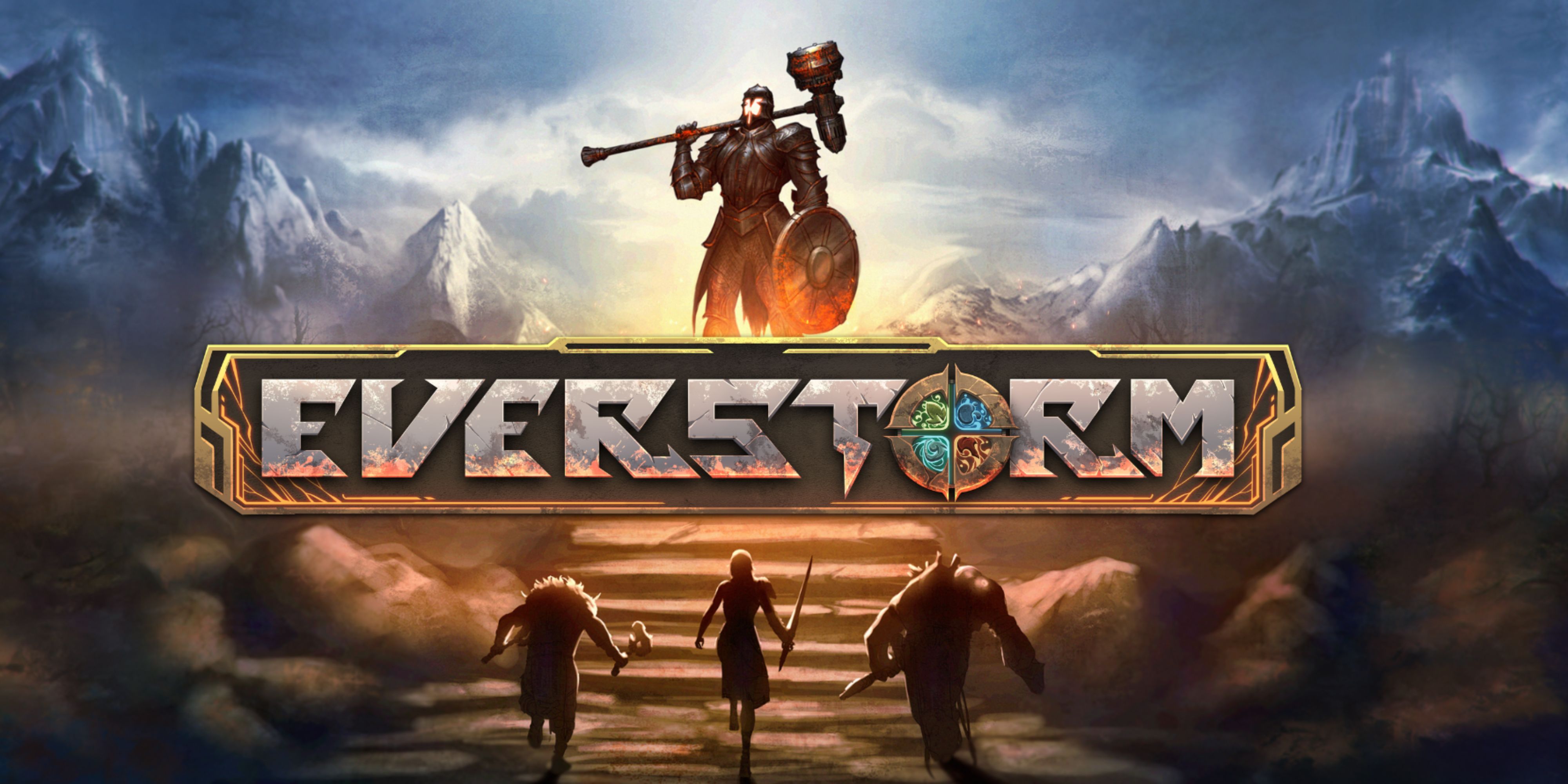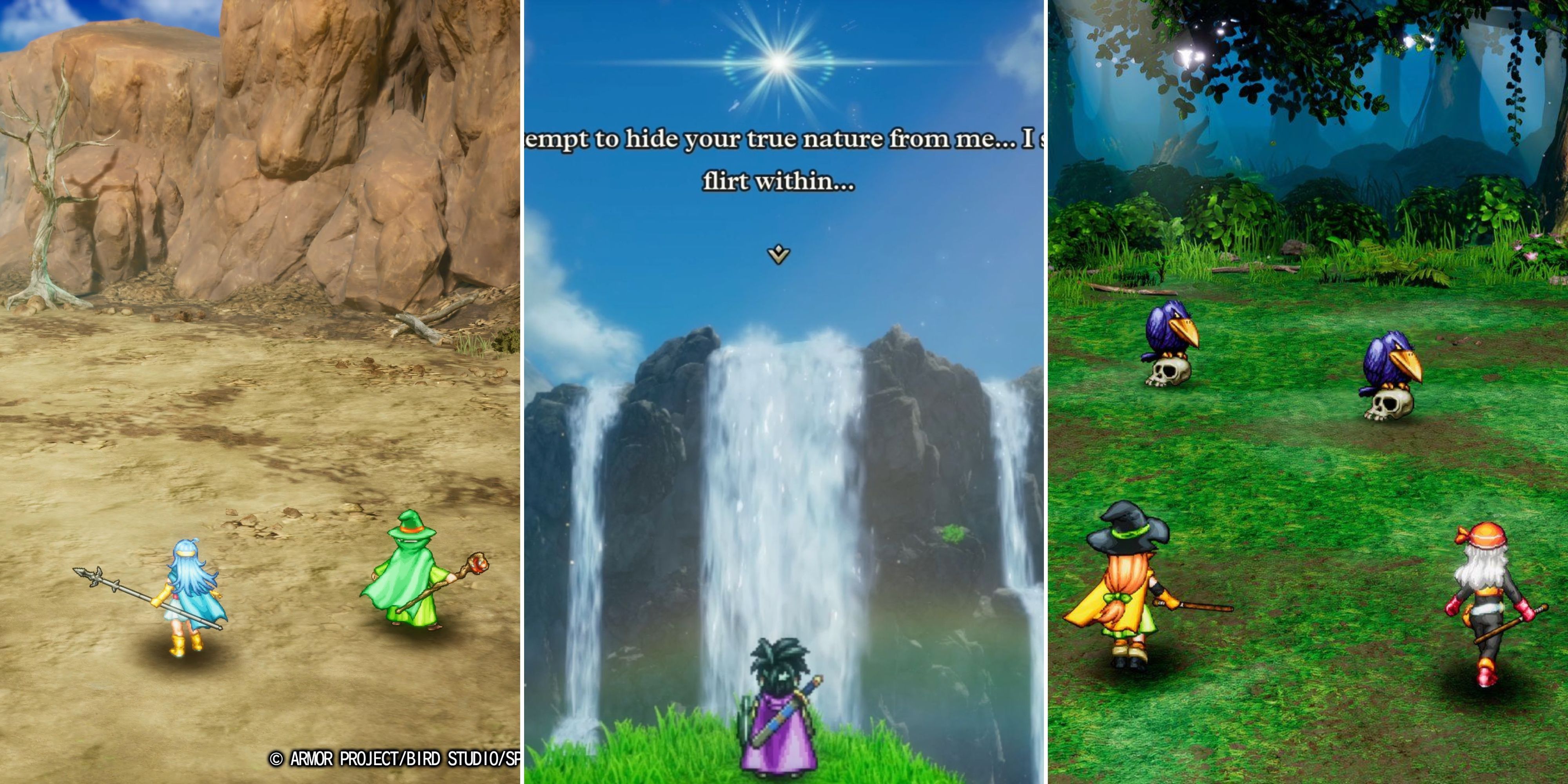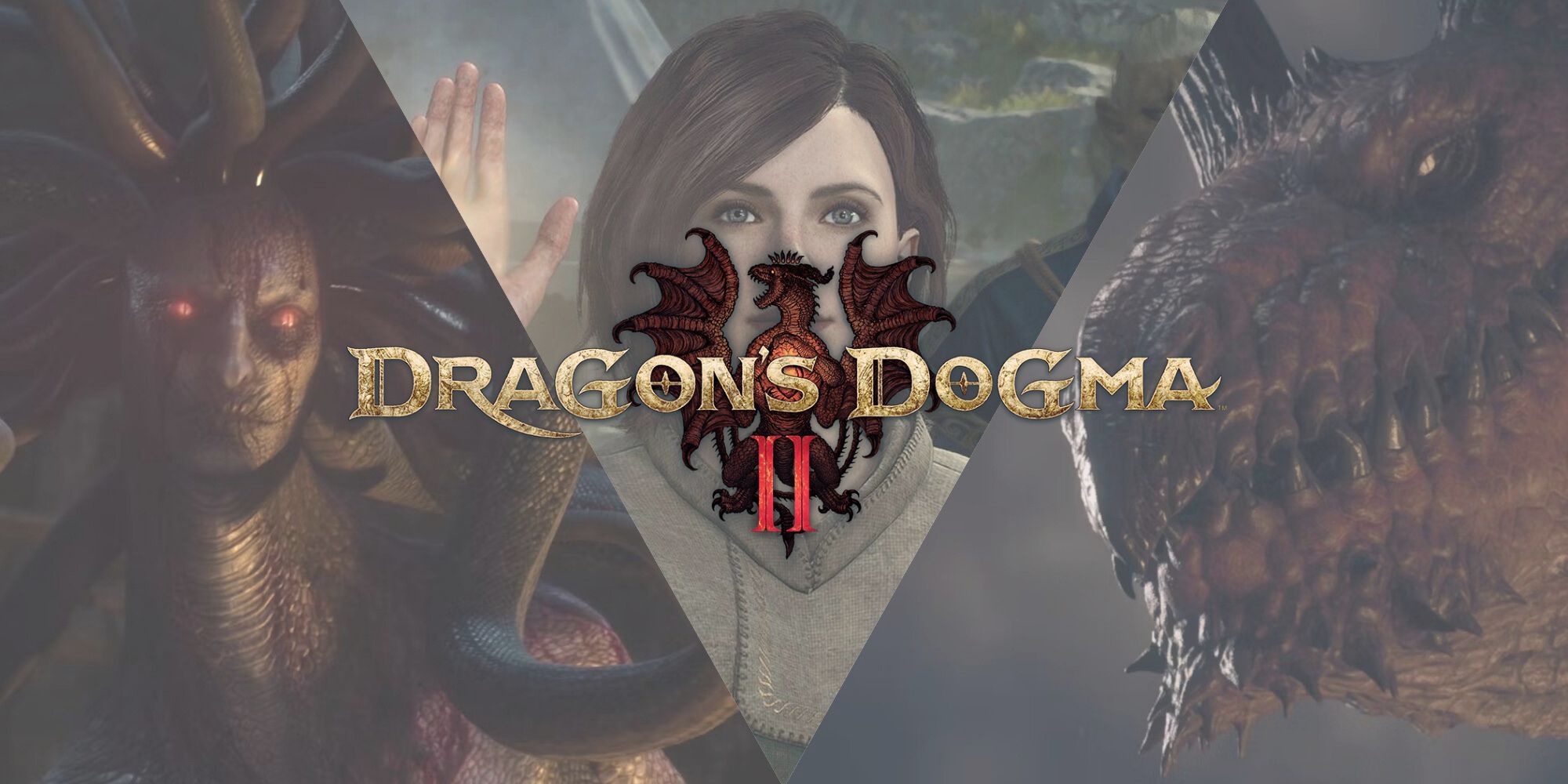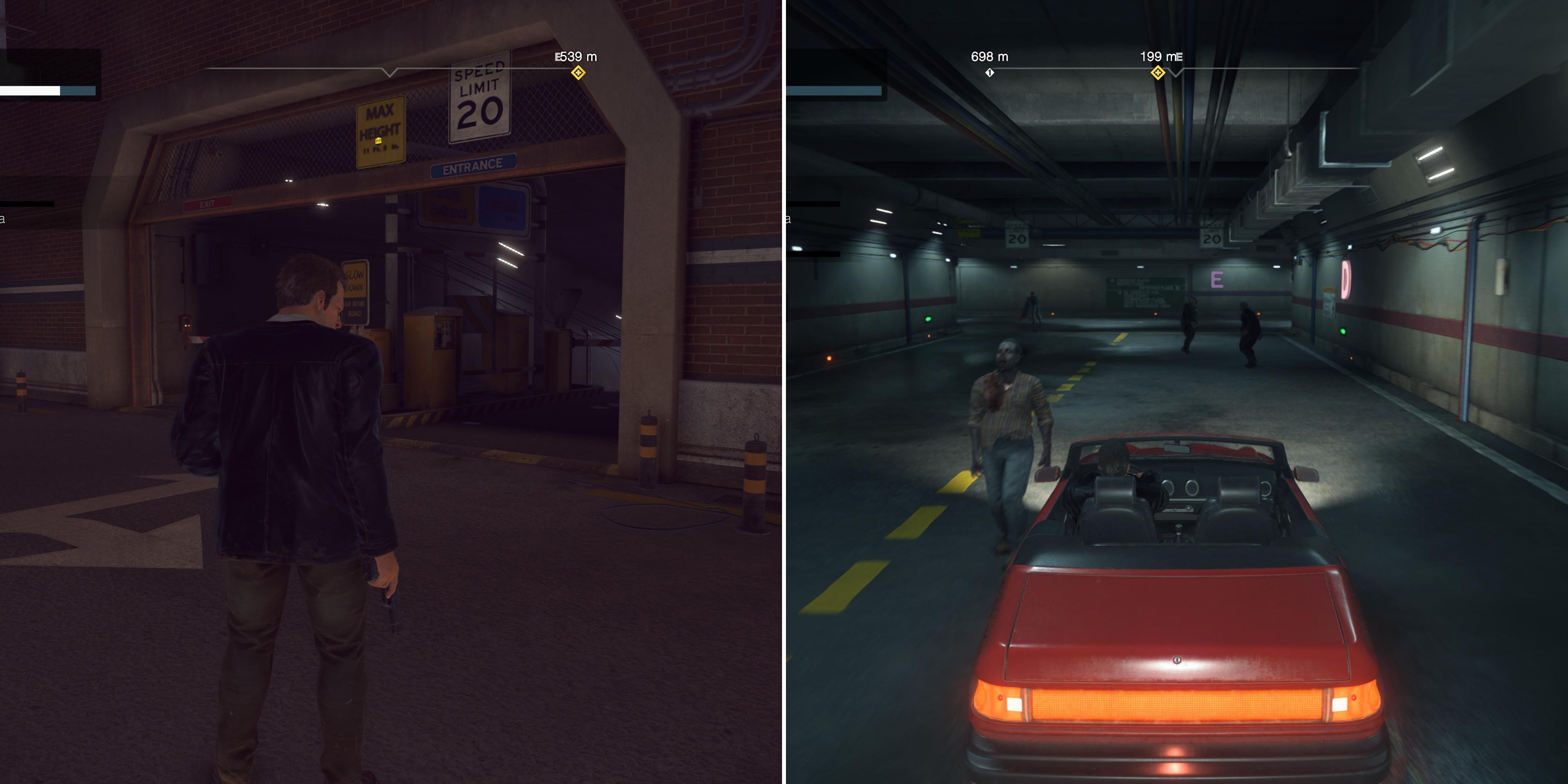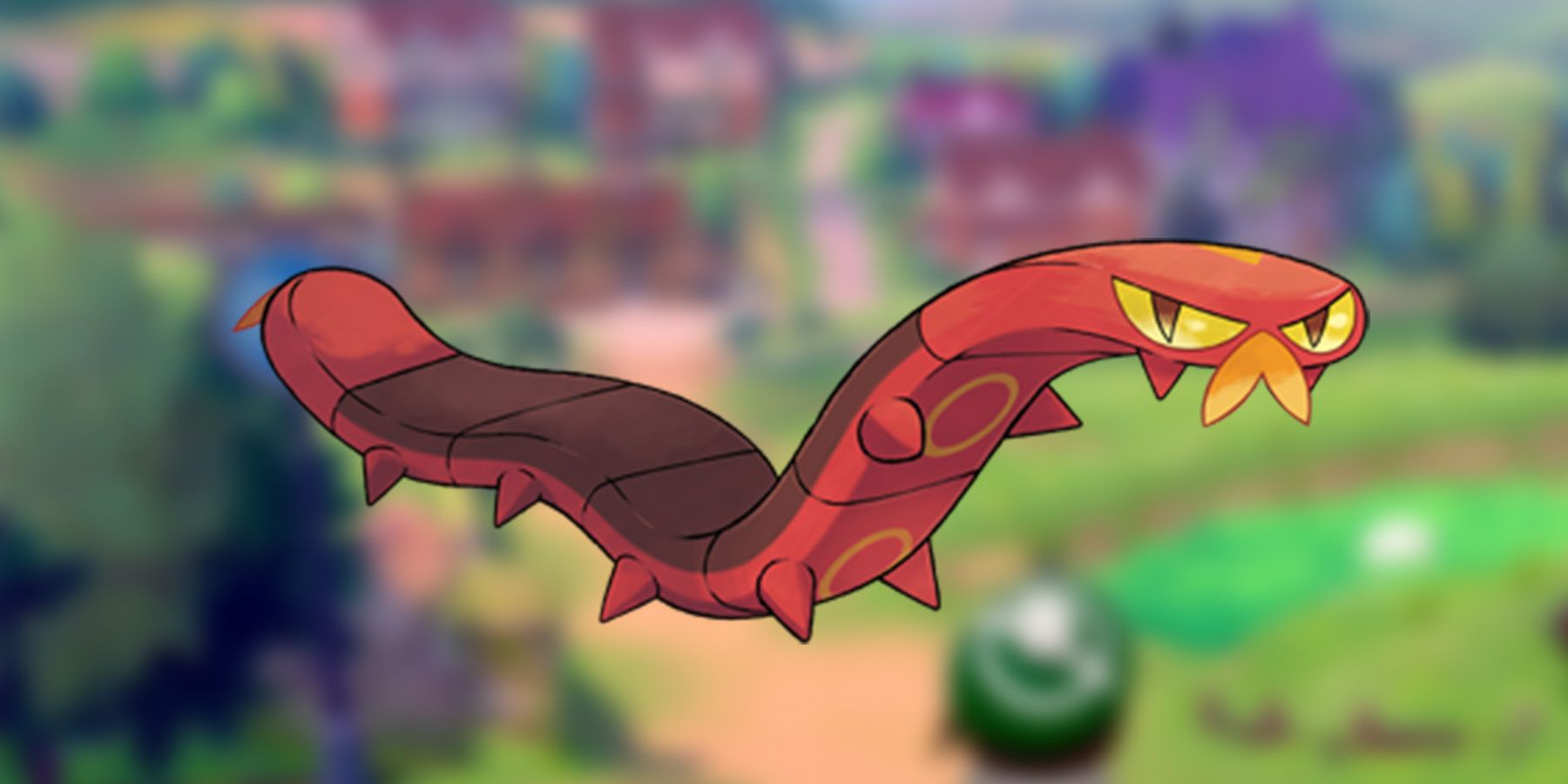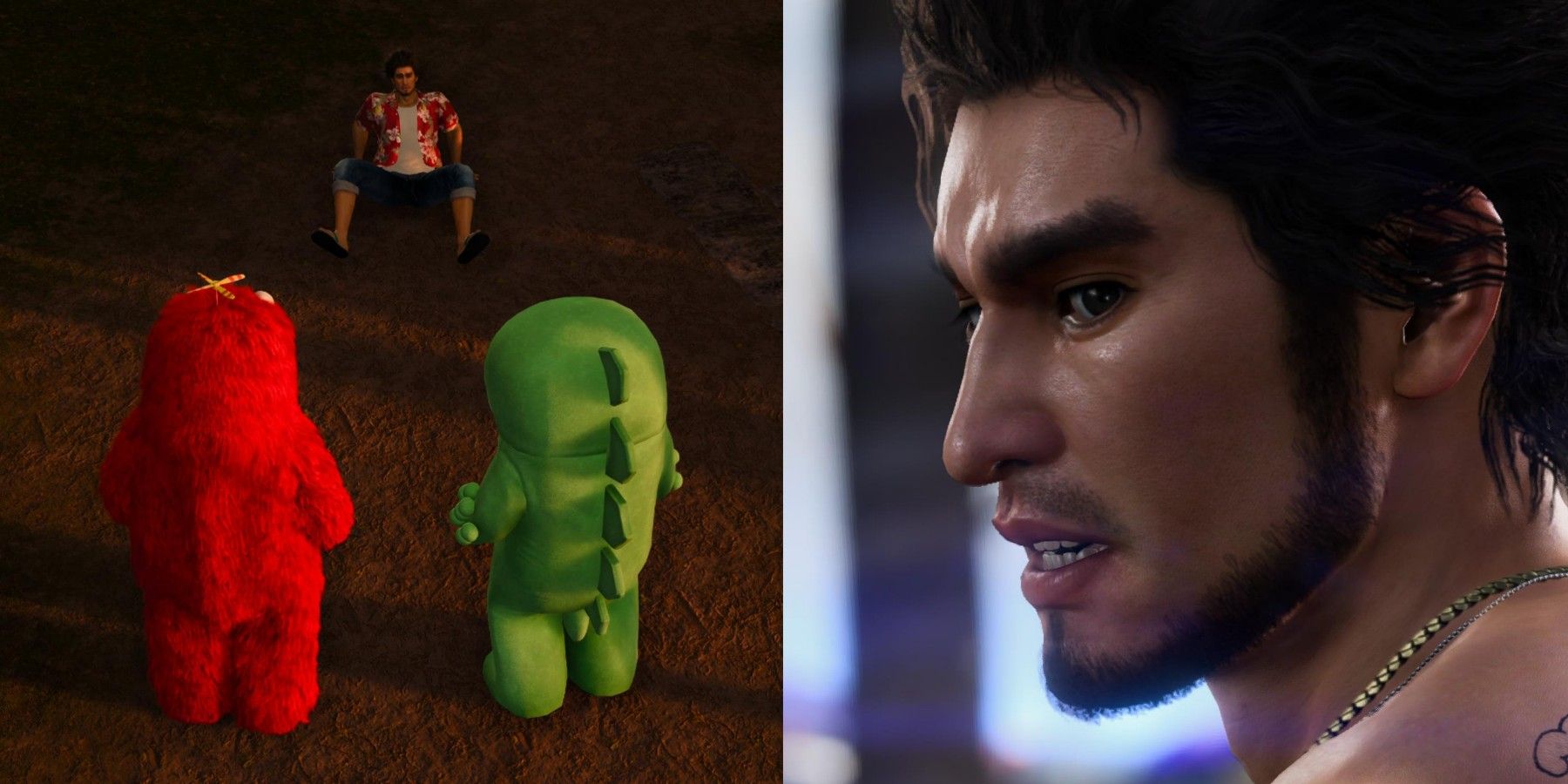Major story spoilers for
Batman: Arkham Shadow
ahead.
Batman: Arkham Shadow follows through on its premise of highlighting lesser-known super-criminals who’ve long been referenced in the Arkhamverse. This way, characters such as Otis Flannegan’s Ratcatcher or Arnold Wesker’s Ventriloquist are emphasized and nuanced. However, Batman: Arkham Shadow also casts a bat-shaped light on high-profile villains and does so with characterizations that are highly unprecedented.
Dr. Harleen Quinzel is shown to be tremendously sympathetic toward patients in Blackgate’s group therapy sessions, for instance, while the Rat King turns out to be none other than District Attorney Harvey Dent—whether he himself knows it or not. How Harvey becomes Two-Face in the Arkhamverse has always been tip-toed around. But, even though there were mentions of who threw the acid that scarred him, Shadow makes a wonderful case as to why Harvey may not have recollected that memory as clearly as he might believe.
Related
Batman: Arkham Shadow’s Combat and Predator Challenges are Camouflaj’s Labor of Love
Batman: Arkham Shadow reveals that combat and predator challenge maps will be available at launch, though that wasn’t always on the menu.
Batman: Arkham Shadow’s Two-Face Treatment Mildly Reinterprets His Previously Established Backstory
Because Batman: Arkham Shadow does depict Two-Face’s origin story—as brief and abrupt as it is—it had the responsibility of adapting what little lore was previously disseminated about Harvey Dent in previous Arkham games. For instance, the first of three rungs in Batman: Arkham Knight’s Two-Face Most Wanted side mission, “Two-Faced Bandit,” takes place at the Bank of Gotham in Chinatown. Here, once players have successfully taken out every henchman, the coin-flipping menace’s voice appears on a PA system to remark:
“You remember the mob, right? The guys who burned half our face off because they COULDN’T GET TO YOU?”
Indeed, all prior evidence in the Arkhamverse suggests that one of Carmine Falcone’s associates was the one who threw acid at Harvey, and yet Shadow’s representation of the event reveals that the reality of the situation is apparently much more bizarre. The culprit, with a pinch of irony, is twofold: it was technically the fault of both Dr. Jonathan Crane and Bruce Wayne as it was Crane’s acid that was deflected by Bruce, who happened to be on trial disguised as Irving “Matches” Malone. Therefore, it technically was at least partly the fault of a Falcone associate as Malone was in cahoots with Carmine.
Plus, like how Bane’s long-term memory is severely impacted by his TN-1 Venom overdose in Batman: Arkham Origins, Dr. Leslie Thompkins wipes any possible retcon by declaring that, as a side effect of his dissociative identity disorder, Harvey’s “memory of what happened seems to be slipping away with each new day.”
Harvey isn’t at all aware of his double life as the Rat King throughout Batman: Arkham Shadow, and in retrospect it would make sense if he was also deeply confused about what happened during the scuffle that resulted in his entire left half being melted by acid. This is also a tidy way of explaining why neither Harvey Dent nor Two-Face remembers Bruce Wayne removing his cowl in front of them.
Batman: Arkham Shadow’s Harvey Dent/Two-Face/Rat King is an Unreliable Narrator
After being apprehended in
Knight
, if players have already incarcerated Scarecrow and had Batman’s identity revealed to the world, Harvey will comment on his understanding of Batman as being a whole other persona or figment, something he can obviously relate to as someone suffering from dissociative identity disorder: “You aren’t Bruce Wayne. Jim Gordon and I, we didn’t strike a deal with Bruce Wayne.”
Shadow makes that delineation clear as day, not only between Batman and Bruce but also Malone. Thus, even if Harvey knew or suspected Bruce was Batman all along it might not have made any difference.
There’s a poetic tragedy in how Harvey and Two-Face may obscure facts and beliefs from one another, lending to unending unreliability in their perceptions of reality. Indeed, Batman: Arkham Shadow doesn’t end with a boss fight and instead concludes on a tender and somber note that retroactively makes Two-Face a phenomenal villain apart from his relatively basic interpretations in Batman: Arkham City and Batman: Arkham Knight.
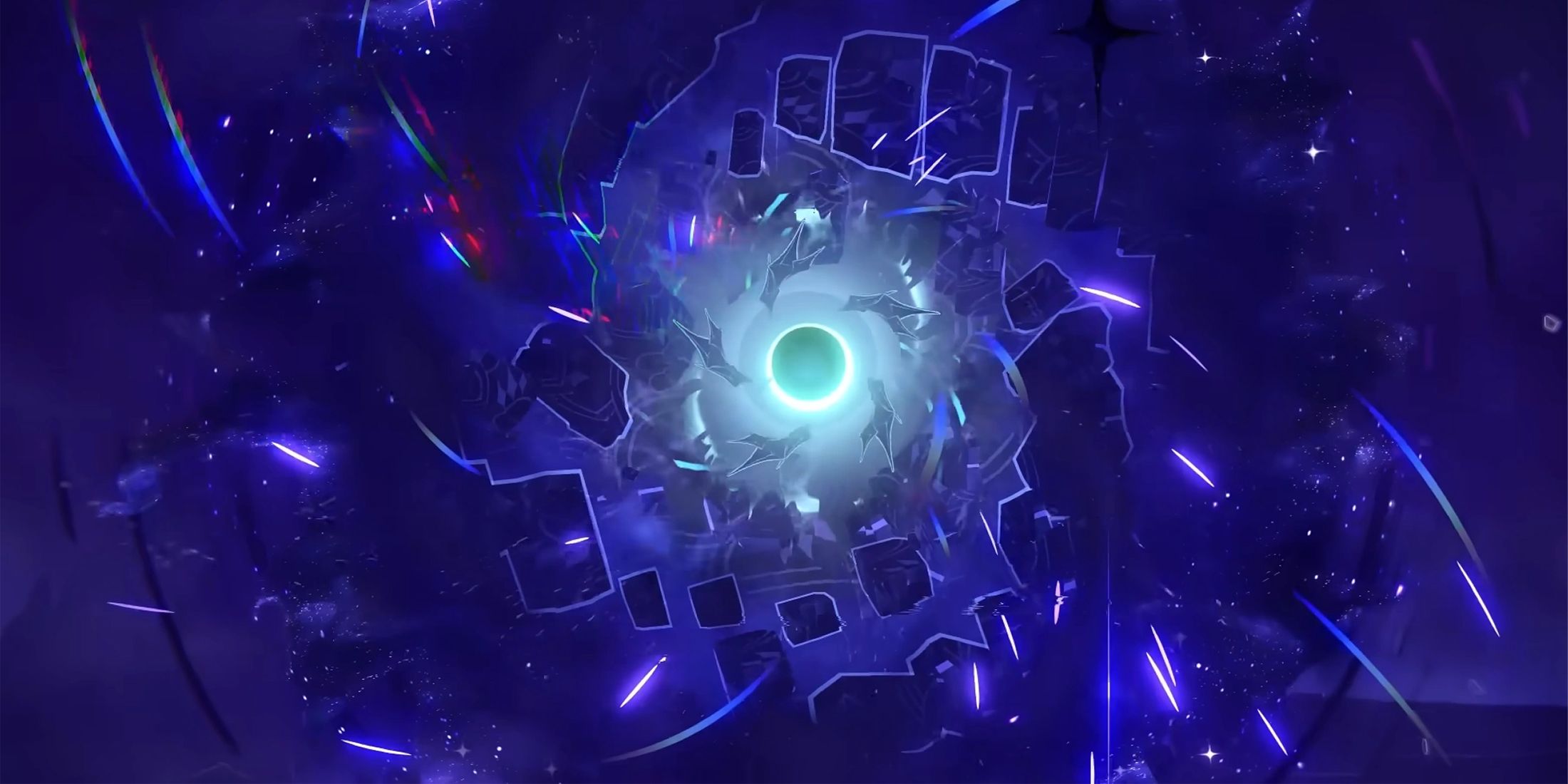
/cdn.vox-cdn.com/uploads/chorus_asset/file/24040655/226285_AIRPODS_PRO_2_cwelch_0011.jpg)

